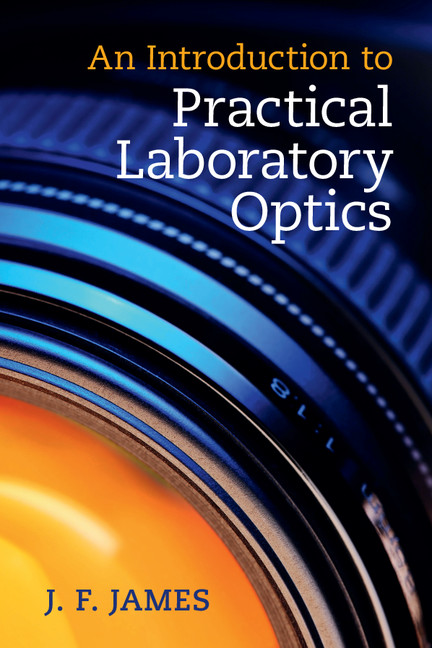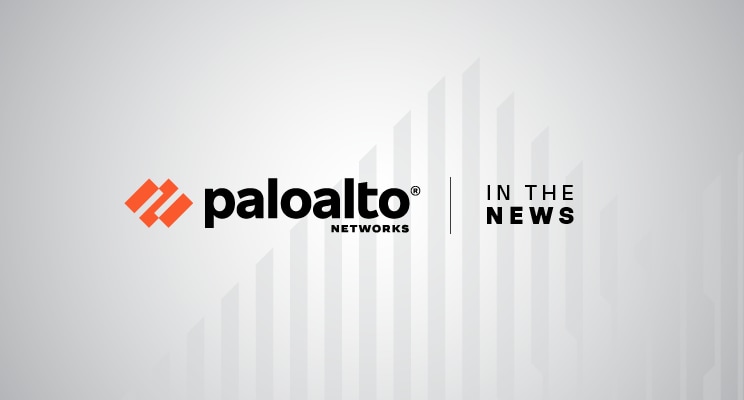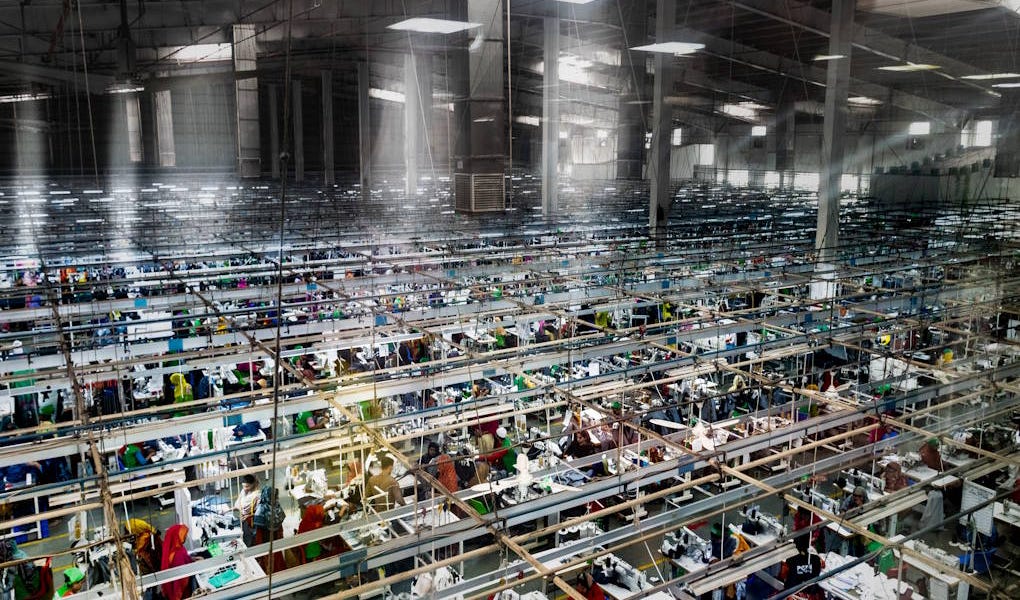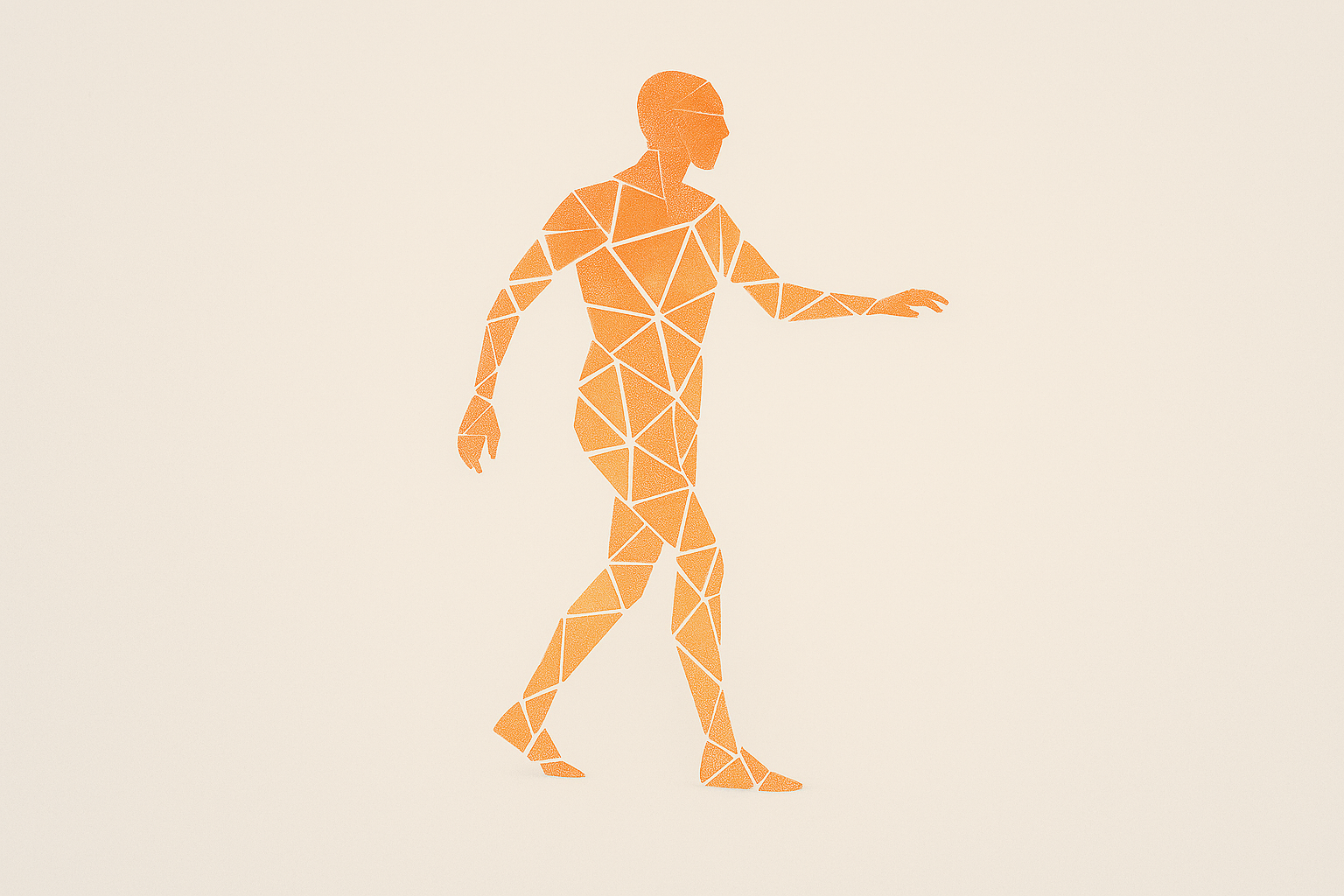
An Introduction to Practical Laboratory Optics
We use cookies to distinguish you from other users and to provide you with a better experience on our websites. Close this message to accept cookies or find out how to manage your cookie settings.
Aimed at students taking laboratory courses in experimental optics, this book introduces readers to optical instruments and their uses. The book explains the basic operation of lenses, mirrors, telescopes in the laboratory and under field conditions, how to use optical instruments to their maximum potential and how to keep them in working order. It gives an account of the laws of geometrical optics which govern the design, layout and working of optical instruments. The book describes the interactions of polarised light with matter and the instruments and devices derived from this, and discusses the choice of spectrometers and detectors for various spectral regions, with particular attention to CCD cameras. The emphasis throughout is on description, with mathematical precision confined to the appendices, which explain the ray transfer matrix and outline the Seidel theory of optical aberrations. The appendices also introduce Fourier methods in optics and Fourier transform infra-red spectrometry.
'James writes so well and includes so many personal and historical lessons learned that I had difficulty putting this book down … It is perfect for a pre-job-interview review of hands-on optics. When you get to the last page you will still be hungry for more, which makes the three appendices even more welcome. [The book] is excellent and the best one I have reviewed this decade.'











